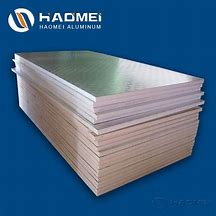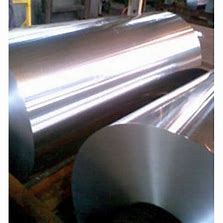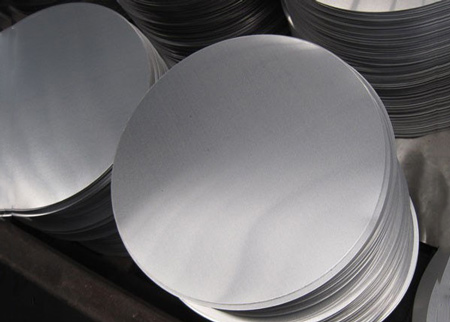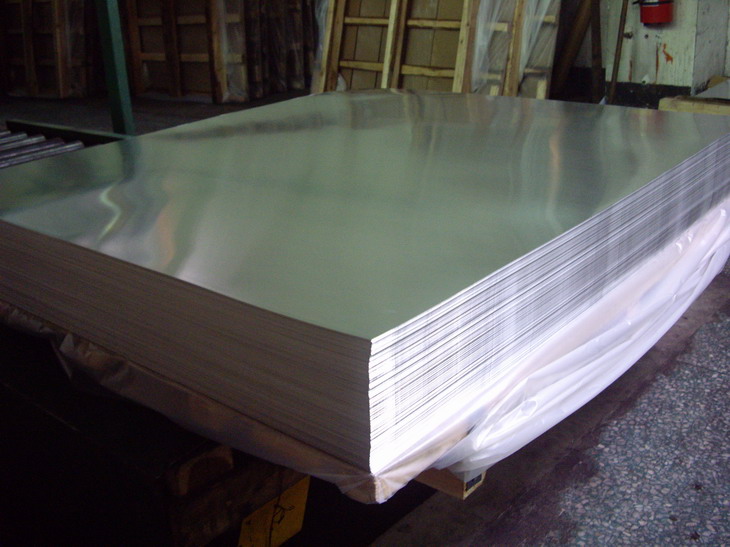



Aluminium alloys can be divided into two categories: deformable aluminium alloys and cast aluminium alloys. Deformable aluminium alloys are made by melting the alloy into ingots and then making the ingots into semi-finished aluminium products by extrusion, rolling or die-forging, etc. Therefore, the alloy must have good plasticity, i.e. good deformability. Cast aluminium alloys are molten alloys that are cast directly into complex shapes or very thin or walled aluminium products, so they are required to have good castability and fluidity. Cast aluminium alloys - how are aluminium coils strengthened?
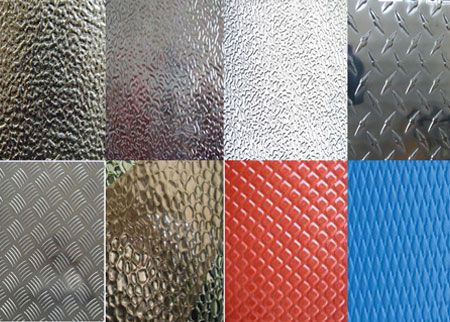
We should all be clear that steel with high carbon content will have a great increase in strength and hardness after quenching, but its plasticity will be reduced, but the heat treatment can strengthen the aluminium alloy is different, when it is heated to the phase area, heat preservation and then in cold water after rapid cooling, but its strength, hardness, etc. are not significantly improved, only plasticity has been improved, so this treatment is called solid solution quenching or solid solution Heat treatment. After quenching, the strength and hardness of the aluminium alloy will increase significantly with time, a phenomenon known as age strengthening and age hardening. If it is carried out at room temperature then it is natural ageing, if it is carried out after heating then it is artificial ageing.
Cast aluminium alloys and their heat treatment methods Cast aluminium alloys are required to have good casting properties, so there should be a suitable number of eutectic crystals in the alloy organization. The point to be mentioned here is that the content of alloying elements in cast alloys is higher than that of deformed aluminium alloys.
In the commonly used casting aluminium alloys, the alloying elements account for about 8% to 25% of the total ratio. Cast aluminium alloys are generally divided into four types: aluminium-silicon, copper-aluminium, aluminium-zinc and aluminium-magnesium, etc. Among these, the more widely used is the aluminium-silicon alloy. Other copper and aluminium systems are mostly used for heaters, etc., while aluminium-magnesium alloy has been used for roofing materials in the last two years, which is a new type of building material.
In the national standard GB1073-1986, it is clearly stipulated that the code of cast aluminium alloy must be composed of Z(cast) Al and the chemical symbols of the main alloying elements and their average mass fraction (%), if the average is less than 1, it is generally not marked with a number, but a decimal may be used when necessary. The grade (code), chemical composition, mechanical properties and usage of aluminium alloys can be expressed in this way, such as ZL203.
* Thank you for your inquiry. Please provide your business needs information so that we can better serve you.
This information can help us assign the most suitable person to solve your problem. We will give you feedback within 1-2 working days.
Related Blog
